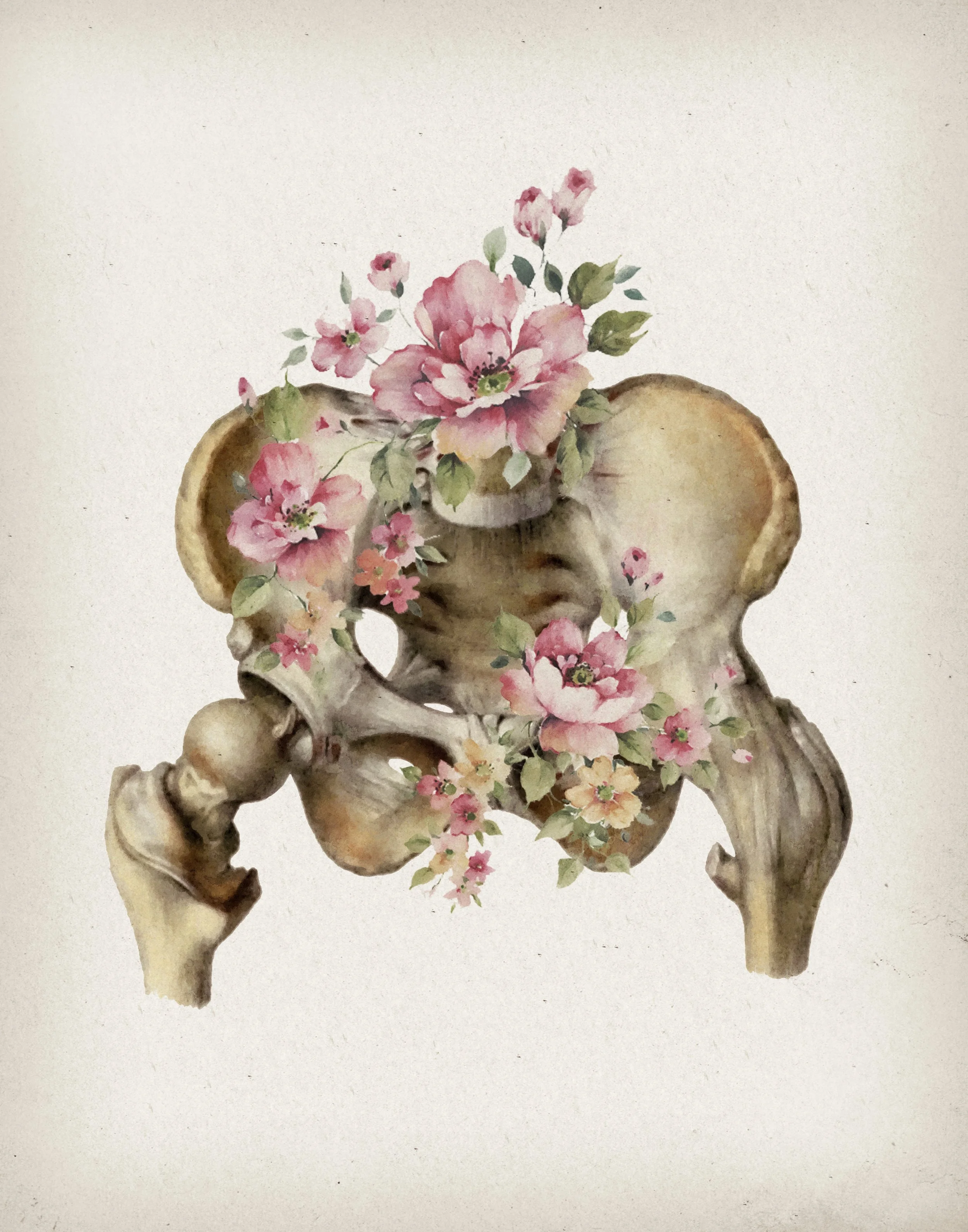
PELVIC FLOOR PHYSICAL THERAPY IN PERIMENOPAUSE AND MENOPAUSE
Perimenopause is a transition that can bring a lot of changes: physically, emotionally, and hormonally. You might notice symptoms creeping in that you did not expect, or old discomforts resurfacing in new ways.
Menopause is a natural stage of life, but that does not mean it is always easy. You may feel changes in your body that are hard to talk about or even harder to manage on your own.The North American Menopause Society points out: "It is not a disease. Menopause is a normal, natural event”. An estimated 6,000 American women reach menopause every day.
Physical therapy can be a helpful part of navigating this time with more comfort, strength, and understanding.
How Physical Therapy Can Help in Peri/Menopause
During peri and menopause, it is common for the pelvic floor, joints, and soft tissues to respond to shifting hormone levels. As hormone levels change, you might notice changes in how your body feels and functions. These changes can affect your joints, muscles, pelvic floor, and overall energy.
Treatment may include:
Pelvic floor retraining and strengthening
Support for bladder or bowel changes
Pain relief for hips, back, and pelvis
Posture and core support to reduce joint strain and improve overall strength
Help with sexual health
What Happens During the Perimenopause Transition
The loss in estradiol is still believed to be the most important contributor in Menopause and the Loss of Skeletal Muscle.
Genitourinary Syndrome of Menopause (GSM), caused by low estrogen levels affects half of the perimenopausal and postmenopausal women.
The vagina, lower urinary tract, and pelvic floor fibromuscular tissues have the same embryologic origin from the urogenital sinus, and all contain high-affinity estrogen and progesterone receptors. Estrogen receptors have also been found in endopelvic fascia, levator ani, and uterosacral ligaments. The effects of estrogen deprivation are well documented in the vulva and vagina, with tissue devascularization and decreased collagen genesis. The pelvic floor tissues should similarly undergo neurovascular and connective tissue atrophy in the context of menopause.
In the menopause, the most prevalent urogenital symptoms are vaginal dryness (27%), vaginal irritation or itching (18.6%) and vaginal discharge.
Here are a few genitourinary syndromes of menopause that a person might experience:
Urinary incontinence:
Stress incontinence
Urgency incontinence
Overactive bladder syndrome
Pelvic organ prolapse
Pelvic pressure
Pelvic/groin/low back pain
Voiding difficulty
Constipation
Difficulty with sexual penetration
Vulvovaginal atrophy such as thinning labia, vaginal dryness
Dyspareunia, decreased arousal and/or desire
Changes in vaginal pH, effecting microbiome that can result in recurrent UTI

Physical therapy can be a helpful part of navigating this time with more comfort, strength, and understanding.
Urinary incontinence
Vaginal dryness or discomfort
Pain with intimacy
Pelvic heaviness or pressure
Pelvic Organ Prolapse
Hip or low back pain
Constipation
Joint pain or stiffness
Urinary urgency and frequency
